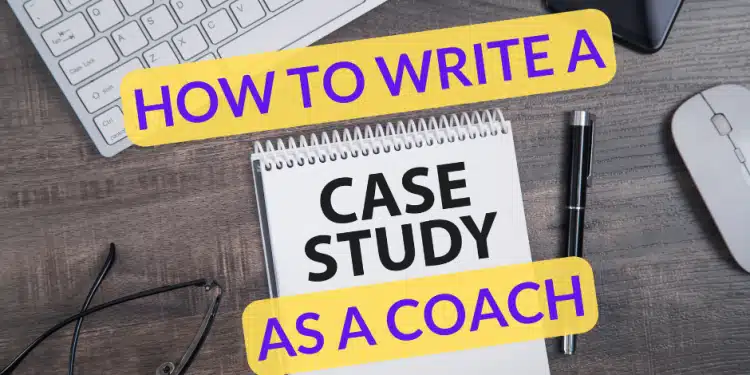
by Ruta Barlote | Mar 30, 2023 | Coaching and Mentoring, Marketing
While we touched on this in my last article, «How to position yourself as a coach?» it bears repeating. As you’ve probably already noticed, there are countless coaches and consultants out there, all trying to sell their services. So many coaches, not just...

by Ruta Barlote | Mar 30, 2023 | Coaching and Mentoring, Leadership
What is a Case Study? A Powerful Tool to Showcase Your Coaching Success A case study serves as concrete evidence that your coaching product works and yields tangible results. These real-world success stories are an excellent way to attract more business and can mean...




